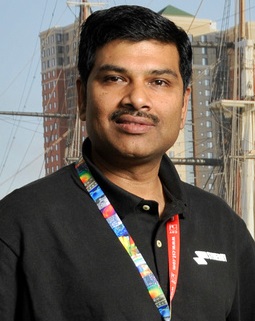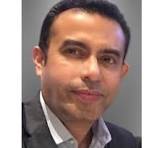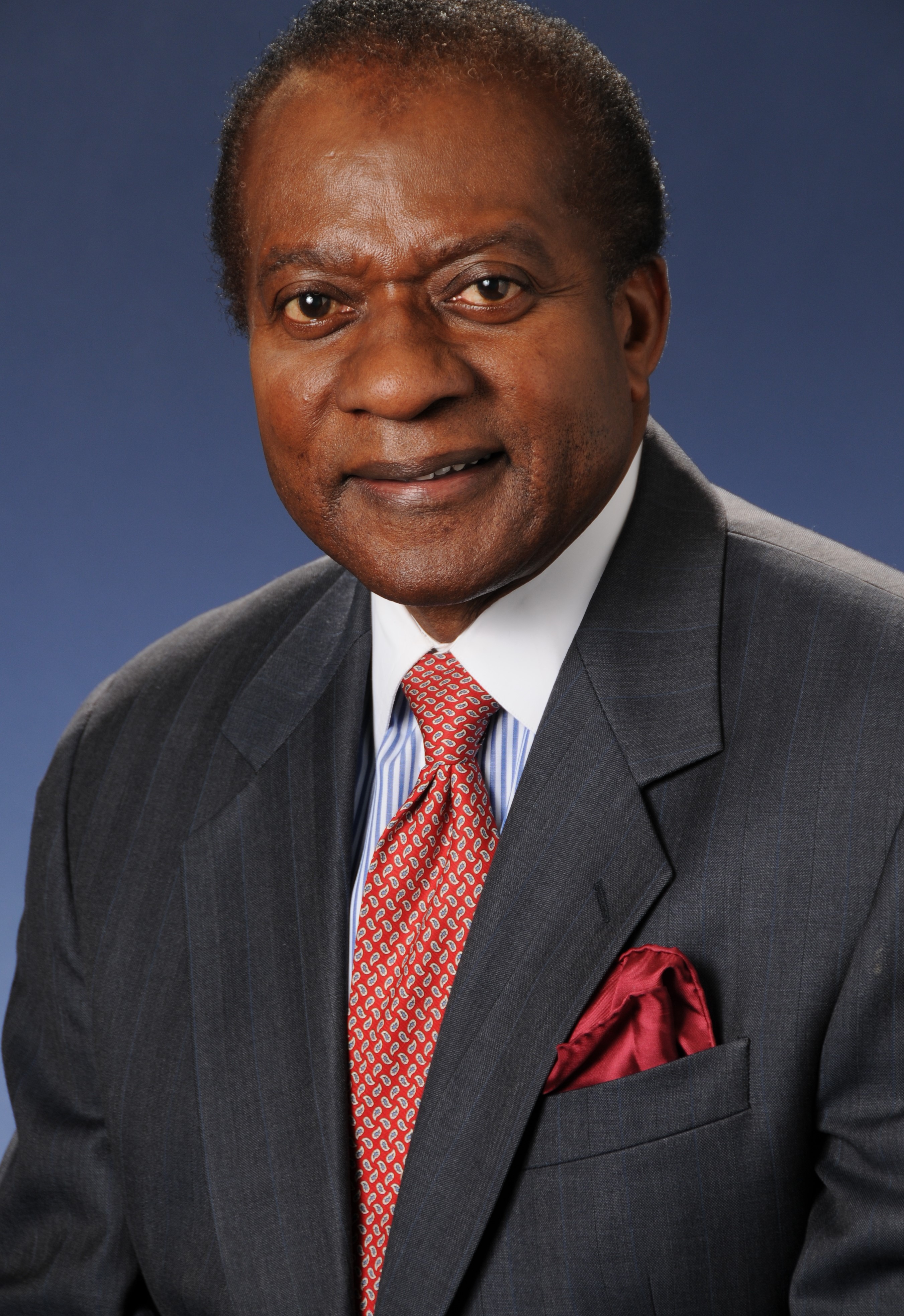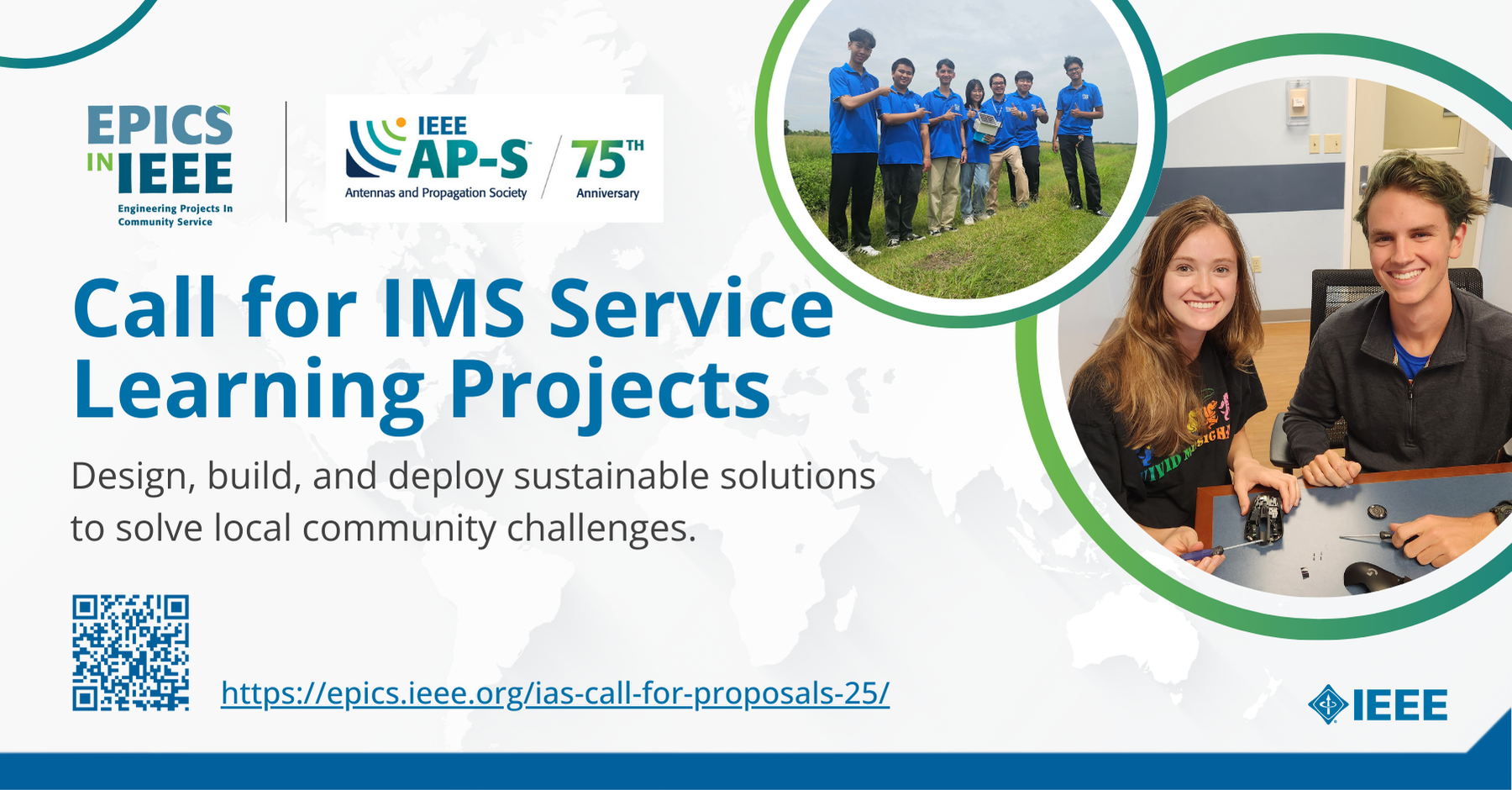Design, build and deploy sustainable solutions to solve local community challenges using Antenna and Wireless Technologies
The IEEE North Jersey AP/MTT Chapter, in collaboration with AP-S SIGHT, AP-S COPE, and EPICS projects, is dedicated to advancing the diverse and dynamic field of antennas and their significant applications across multiple sectors. These initiatives focus on the innovative design and development of various types of antennas, including planar antennas, phased array antennas, and MIMO (Multiple Input Multiple Output) antennas. These technologies are fundamental to modern communication systems, facilitating high data rates and dependable signal transmission.
The projects place considerable emphasis on advanced applications that leverage these state-of-the-art technologies. For instance, they investigate the deployment of high-speed 5G wireless networks, which possess the capability to transform mobile communication through enhanced data speeds, reduced latency, and improved connectivity. Additionally, these initiatives examine satellite communications, which are essential for achieving global connectivity, particularly in remote and underserved regions. Another critical area of focus is the Internet of Things (IoT), where antennas are instrumental in connecting a diverse array of devices, ranging from smart home appliances to industrial sensors.
Moreover, these projects incorporate comprehensive systems that integrate key components of antenna technology, such as electromagnetic propagation models, wireless communication protocols, and advanced sensing techniques, including radar and remote sensing. These elements are crucial for analyzing antenna performance across various environments and applications, thereby ensuring optimal signal strength and quality.
The overarching goal of these initiatives is to expand the boundaries of knowledge and technology in relation to connectivity and data transmission. By fostering collaboration among researchers and industry experts, the projects aim to enhance the efficiency and reliability of wireless systems, thereby improving communication, information sharing, and environmental interaction. Through a collaborative research and development approach, these initiatives aspire to meet the evolving demands of global communication, ensuring that future wireless systems are robust, scalable, and capable of managing the increasing volume of data generated worldwide.
### Call for AP-S Service-Learning Projects Addressing Local Community Needs:
The IEEE Antennas and Propagation Society (AP-S) is partnering with EPICS in IEEE to support community engineering projects. These service-learning initiatives allow students to collaborate with IEEE members and local organizations to address specific technological needs within their communities. By participating in these projects, students will gain valuable knowledge and skills that will aid their success in future engineering careers.
For more information on how AP-S members can form a team and submit a project proposal, please visit the Call for Proposals webpage. All projects must involve AP-S members and utilize relevant technology to tackle community challenges. Proposed projects should align with one of our four focus areas: Environment, Education and Outreach, Access and Abilities, and/or Human Services. Selected projects will receive mentorship and resources totaling USD 10,000.
The deadline for submitting project proposals is May 1, 2025. The Call for Proposals webpage also features a comprehensive training course titled “How to Write an EPICS in an IEEE Project Proposal.” We strongly encourage all interested individuals to review the training materials to understand the EPICS in IEEE requirements and to gather tips for crafting a compelling proposal.
https://epics.ieee.org/resources
Date and Time
Location
Hosts
Registration
-
 Add Event to Calendar
Add Event to Calendar
- 201 McLean Blvd.Synergy Microwave Corporation
- Paterson, New Jersey
- United States 07504
- Contact Event Hosts
-
Dr. Ajay Poddar (akpoddar@ieee.org); Dr. Anisha Apte (anisha_apte@ieee.org), Dr. Edip Niver (edip.niver@njit.edu)
- Co-sponsored by North Jersey Section, AP-S COPE and AP-S SIGHT
Speakers
Dr. Ing. Habil Ajay K. Poddar
Design, build and deploy sustainable solutions to solve local community challenges using Antenna and Wireless Technologi
The SIGHT, COPE, and EPICS projects are dedicated to advancing our understanding of antennas’ dynamic fields and their wide-ranging applications across multiple sectors. These initiatives involve the meticulous design and development of various types of antennas, including planar antennas, phased array systems, and MIMO (Multiple Input Multiple Output) antennas. Each type serves distinct purposes in modern communication systems, enabling high data rates, seamless connectivity, and dependable signal transmission, which are crucial in today’s data-driven world. One of the primary focuses of these projects is on advanced applications like high-speed 5G wireless networks. The implementation of 5G technology is set to revolutionize mobile communication, offering significantly faster data transfer speeds—up to 100 times faster than previous generations—and substantially lower latency, making real-time communication and high-bandwidth tasks more feasible.
Moreover, these projects delve into the realm of satellite communications, a vital component for ensuring global connectivity, particularly in remote and underserved regions. By enhancing satellite communication technologies, the projects aim to bridge the digital divide, enabling internet access in areas where traditional infrastructure is lacking. The projects also explore the Internet of Things (IoT), where antennas play a critical role in connecting a myriad of devices, including smart home appliances, industrial sensors, and wearable technology. This connectivity facilitates the seamless exchange of data, automating processes and improving efficiency across various industries.
In addition to these applications, the initiatives integrate essential elements of antenna technology, such as advanced electromagnetic propagation models and contemporary wireless communication protocols. This integration allows for a more comprehensive understanding of antenna performance across diverse environments, ensuring reliability and efficiency in real-world use cases. The SIGHT, COPE, and EPICS projects aim to enhance the overall efficiency and reliability of wireless systems by fostering collaboration among researchers, industry experts, and technology developers. Their collective efforts are geared toward meeting the rapidly evolving demands of global communication, ensuring that everyone, everywhere, has access to advanced wireless technologies.
Biography:

1. The 2023 Radio Club of America Armstrong Medal, which honors his enduring legacy of innovation and significant contributions to the art and science of radio.
2. The 2018 IEEE MGA Innovation Award, recognizing his dedicated volunteer service to members, chapters, and various humanitarian initiatives.
3. The 2015 IEEE IFCS Cady Award, awarded for his outstanding scientific contributions to a range of frequency-generating and frequency-controlled electronics and timing devices, applicable in industrial, medical, and space environments.
4. The 2015 IEEE R1 Award for "Outstanding Scientific Contributions, Leadership, and Service."
5. The 2009 IEEE R1 Award for "Outstanding Leadership and Contributions in the Research, Design, and Development of Microwave Systems."
6. Selection as a "Divine Innovator" in the report "Divine Innovation: 10 Technologies Changing the Future of Passive and Control Components," which featured his image on the cover of the November 2011 issue of Microwave Journal.
Dr. Poddar published 400-plus scientific papers in journals, magazines, and conference proceedings, co-authored five technical books/chapters, and 40-plus patents for scientific and technological innovations. For the past 30 years, he has supervised many Ph.D. students worldwide, served as an editor of many technical journals, and is currently serving on several scientific committees, professional societies, and voluntary organizations. As the Chair of the Global IEEE Chapter Activity Committee, Dr. Poddar has created over 200 chapters worldwide in the last 20 years to connect the outreach regions to benefit the members and local communities. Dr. Poddar has been actively involved with IEEE SIGHT/HAC, IEEE sister societies, and IEEE MGA activities, including charitable services for addressing inequality, especially in underserved communities.
Email:
Address:New Jersey, United States
Vishal Kumar of Ocean2Sand LLC
Using AI-ML-VR can significantly enhance the quality of life for people with disabilities.
Artificial Intelligence (AI), Machine Learning (ML), and Virtual Reality (VR) possess the transformative potential to revolutionize humanitarian technology on a global scale. These advanced technologies can provide innovative solutions to pressing challenges, such as disaster response, equitable access to healthcare, improving educational opportunities, and promoting social justice. For example, AI-powered drones, equipped with state-of-the-art sensors and sophisticated algorithms, can significantly enhance search and rescue operations during natural disasters. These drones can navigate treacherous landscapes and reach remote or inaccessible areas—such as dense forests or flooded regions—where traditional emergency personnel might have difficulty operating. By swiftly locating victims and assessing damage, these drones enable responders to allocate resources more effectively and save lives. In addition, blockchain technology can establish a transparent, tamper-proof system for aid distribution, ensuring that resources, such as food, water, and medical supplies, reach those in need efficiently and without corruption. This decentralized ledger system allows for real-time tracking of donations, guaranteeing that funds are used appropriately and minimizing the risk of mismanagement or fraud. Moreover, immersive VR experiences can revolutionize education and training for humanitarian workers by providing interactive simulations that closely replicate real-world scenarios. For instance, VR can be used to simulate emergency medical response situations, training healthcare workers in high-pressure environments or teaching community leaders how to manage crises. These simulations can help develop critical skills, enhance decision-making under stress, and ultimately lead to more effective responses during actual emergencies.
Collectively, these cutting-edge innovations have the power to reshape the landscape of humanitarian aid. By creating a more responsive, efficient, and effective framework, they can more effectively address the complex needs of vulnerable communities around the world, ultimately fostering resilience and improving overall outcomes in times of crisis.
Email:
Address:Pune, Maharashtra, India, 07407
Dr. Jawad Siddiqui of Royal Military College of Canada, Queens University
AP-S SIGHT Projects: Innovative Antenna and Wireless Technology Solutions for Humanitarian Efforts
Biography:

Dr. Siddiqui has worked as a research associate in the ECE Department at Queen’s University, a postdoctoral fellow, and a research assistant at the Royal Military College of Canada. He has been actively involved in various research projects funded by the Department of National Defence (DND) and Defence Research and Development Canada (DRDC). He is the Chair of the AP-S SIGHT, a standing committee of the IEEE Antennas and Propagation Society (AP-S). He has served on several other committees within the society. Additionally, he was a member of the Meetings and Symposia Committee of the IEEE Microwave Theory and Technology Society (MTT-S). He represented MTT-S on the IEEE Technical Activities Board (CPC) in 2021. In recognition of his contributions and leadership in radio broadcast science and technology, he received the Institution of Electronics and Telecommunication Engineers (IETE)–S.N. Mitra Memorial Award in 2022. He also won the 2015 IEEE AP-S Ulrich L. Rohde Humanitarian Technical Field Project Award for his excellence in the humanitarian application of technology. Dr. Siddiqui is a Senior Member of IEEE and a member of IEEE Eta Kappa Nu (HKN), and has authored over 150 publications in peer-reviewed journals and conferences.
Email:
Address:Royal Military College of Canada, Queens University, , United States
Dr. Victor Lawrence of Stevens Instititure of Technology
Design, build and deploy sustainable solutions to solve local community challenges using Antenna and Wireless Technologi
Biography:

Lawrence began his influential career at Bell Laboratories, where he became Vice President of Advanced Technologies. At Bell Labs, he led groundbreaking developments in modem design, digital subscriber line (DSL) technology, asynchronous transfer mode (ATM), IP switching, and digital audio/video systems. These innovations dramatically increased data transmission's speed, security, and reliability—laying the groundwork for modern Internet, broadband, and mobile communication networks. One of his most pivotal achievements was proving the technical feasibility of full-duplex data modems over global networks. This breakthrough became the foundation for key international telecommunications standards, democratizing access to low-cost, high-speed Internet during the early 1990s and playing a crucial role in shaping the early Internet era.
Lawrence also made transformative advances in digital video and secure communications. He led the development of HDTV and video codec technologies now embedded in consumer electronics worldwide—from TVs and smartphones to laptops. His teams engineered high-speed modems and fax chipsets that became integral to secure U.S. government communication systems, including those used by the President and senior military leaders.
A passionate advocate for global connectivity, Lawrence has worked tirelessly since 1995 to expand high-speed Internet access across Africa. His leadership in deploying submarine fiber optic cables along the continent’s coasts has significantly enhanced digital infrastructure, advancing education, healthcare, commerce, and innovation in numerous African nations. Currently serving as a Senior Research Scientist at Stevens Institute of Technology, Lawrence remains active in mentoring the next generation of engineers and driving global technology initiatives. His dedication to innovation and equity in tech inspires researchers and policymakers alike. His accolades are both numerous and prestigious. In 2024, he received the National Medal of Technology and Innovation from President Joe Biden—America’s highest honor for technological achievement. The R&D Council of New Jersey also awarded him the 2023 Science & Technology Medal. Lawrence is a member of the National Academy of Engineering, a Charter Fellow of the National Academy of Inventors, a Fellow of both IEEE and AT&T Bell Labs, a recipient of a Primetime Emmy Award, and an inductee into the National Inventors Hall of Fame.
Dr. Lawrence holds over 50 patents, has authored over 100 technical papers, and has co-authored five books. He earned his B.Sc., D.I.C., and Ph.D. in Electrical Engineering from the University of London’s Imperial College. Victor B. Lawrence’s extraordinary career is defined by relentless innovation, transformative impact, and a vision of a world connected by technology. From revolutionizing how people communicate to empowering communities across Africa, his legacy is one of global progress and enduring inspiration.
Address:United States

